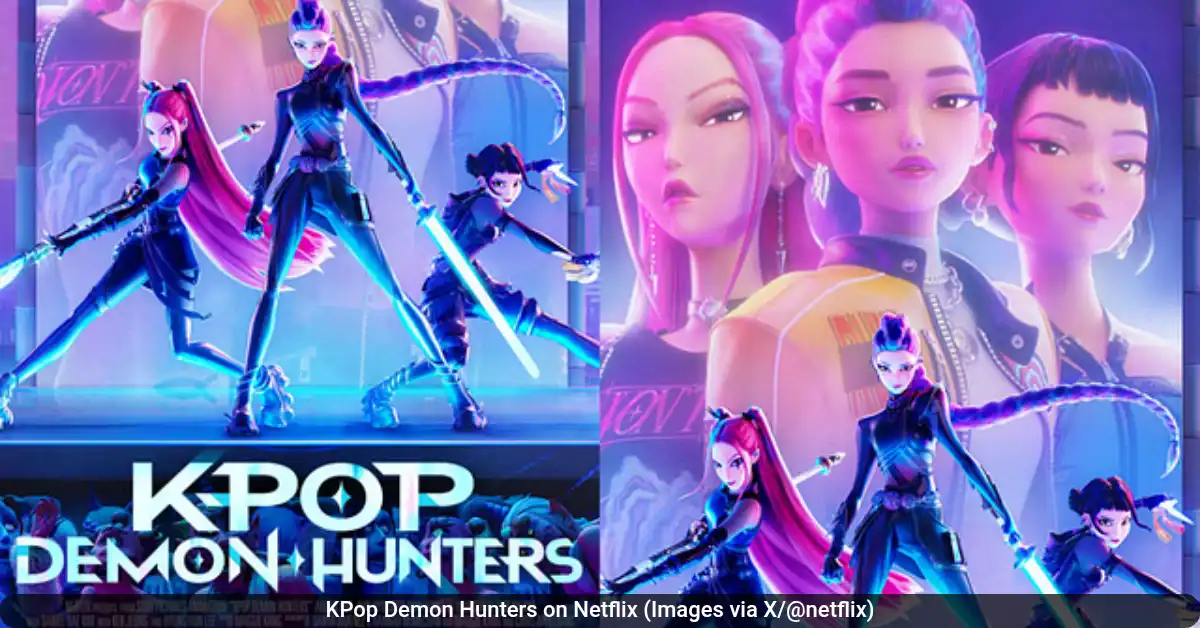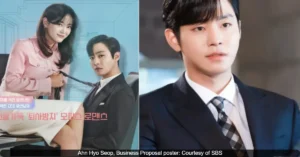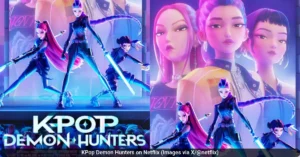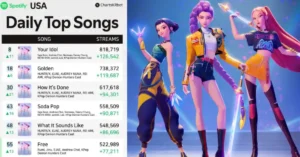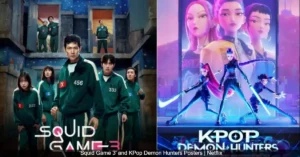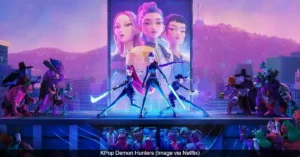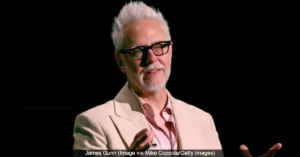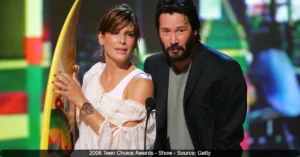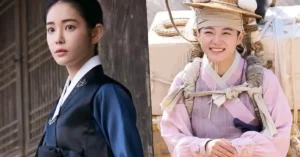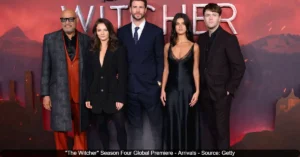Netflix’s animated film KPop Demon Hunters has become a global sensation since its release on June 20, 2025. The movie follows the K-pop girl group HUNTR/X as they balance their idol careers with their secret mission to protect the world from demons. While the story and music have captivated audiences, there are many hidden details and cultural elements that viewers may have overlooked. Here are 11 fascinating facts about the film that you probably didn’t know.
The Film Took Nearly a Decade to Develop
KPop Demon Hunters spent about nine years in development before it finally reached screens. The character Rumi was originally created for a different project by director Maggie Kang’s partner. The idea for the film was first conceived in 2018, and it underwent several years of refinement before production began. This long development period helped the team create a story that blends music, action, and cultural elements seamlessly .
Inspired by Real K-Pop Groups
The fictional girl group HUNTR/X was inspired by real-life K-pop groups like BLACKPINK, 2NE1, ITZY, and TWICE. The characters’ outfits, music, and personalities were modeled after these iconic acts. Similarly, the demon boy band Saja Boys drew inspiration from popular boy groups such as BTS, Stray Kids, ATEEZ, and Monsta X. The film’s creators worked with South Korean record label THEBLACKLABEL to ensure the music felt authentic to the K-pop genre .
Cultural Easter Eggs Are Everywhere
The film is filled with subtle references to Korean culture. For example, the name “Saja Boys” has a dual meaning: “saja” can mean lion (symbolizing strength) or grim reaper (a messenger of the afterlife). In the context of the film, it refers to the latter, as the boys are demons disguised as idols. Additionally, each member of HUNTR/X wields a weapon inspired by Korean history:
- Rumi’s sword is based on the Four Tiger Sword, used in shamanic rituals.
- Mira’s curved blade is inspired by a Goguryeo-era polearm.
- Zoey’s knives are modeled after ritual spirit knives used in traditional ceremonies .
Traditional Korean Elements Modernized
The film incorporates traditional Korean elements into its modern setting. The characters wear norigae, traditional pendants often attached to hanboks, which symbolize good luck and protection. The demon-hunting concept itself is rooted in shamanistic rituals called gut, where shamans use music, dance, and costumes to ward off evil spirits. This connection highlights the historical role of women as spiritual leaders in Korean culture .
Voice Actors Played Multiple Roles
Several cast members voiced multiple characters in the film. Sungwon Cho, Alan Lee, and Joel Kim Booster, who played members of the Saja Boys, also voiced fans, demons, and hosts. Rumi Oak, who voiced young Rumi, also played a young fan who gives Jinu a drawing. This multi-role approach added depth to the background characters and made the world feel more immersive .
Broadway Legend Lea Salonga Provided a Singing Voice
While Yunjin Kim voiced the character Celine in speaking parts, her singing voice was provided by Lea Salonga, a Broadway legend known for her roles in Miss Saigon and as the singing voice of Disney princesses Jasmine and Mulan. Salonga’s involvement added a layer of musical excellence to the film’s soundtrack .
The Soundtrack Was a Collaborative Effort
The film’s music was created by a team of renowned producers and songwriters, including TEDDY, 24, and EJAE, who has worked with groups like aespa and Red Velvet. The soundtrack features original songs performed by artists like Audrey Nuna, REI AMI, and Andrew Choi. The song “Takedown” was also performed by members of TWICE, adding legitimacy to the film’s K-pop credentials .
The Film Holds a Record for Costume Changes
KPop Demon Hunters features the most costume changes ever seen in an animated film. This was a deliberate choice to reflect the real-life K-pop industry, where idols frequently change outfits during performances and events. Animating these changes was a significant challenge but necessary to capture the glamour and dynamism of the K-pop world .
Personal Connections for the Directors
Director Maggie Kang made a cameo as a flight attendant demon at the beginning of the film. Her daughter, Rumi Oak, voiced young Rumi and a young fan. These personal touches added a layer of authenticity and warmth to the project .
Music as a Narrative Device
The film uses music not just as entertainment but as a key part of the story. The songs performed by HUNTR/X are meant to inspire and protect, while the Saja Boys’ music is designed to be catchy but empty, luring fans into a false sense of security. This contrast highlights the theme of music as a force for good or evil .
Critical and Commercial Success
Since its release, KPop Demon Hunters has become one of Netflix’s most-watched films, with over 180 million views. It holds a 97% critical rating on Rotten Tomatoes and has dominated music charts, with songs like “Golden” reaching number one on the Billboard Hot 100. The film’s success has also boosted the careers of its voice actors, with some seeing massive increases in their social media followings .
“We have an amazing voice cast, and the range of their performances is what gives the film such an original tone,” said co-director Chris Appelhans .
“I have been a fan of these incredible artists for many years, so it’s a dream come true to have original songs written and produced for our film by legendary talent such as THEBLACKLABEL,” added director Maggie Kang .
Also Read: KPop Demon Hunters Announces Special Sing-Along Theatrical Event After Record-Breaking Success
Credits: Wikipedia, CNN, Time

